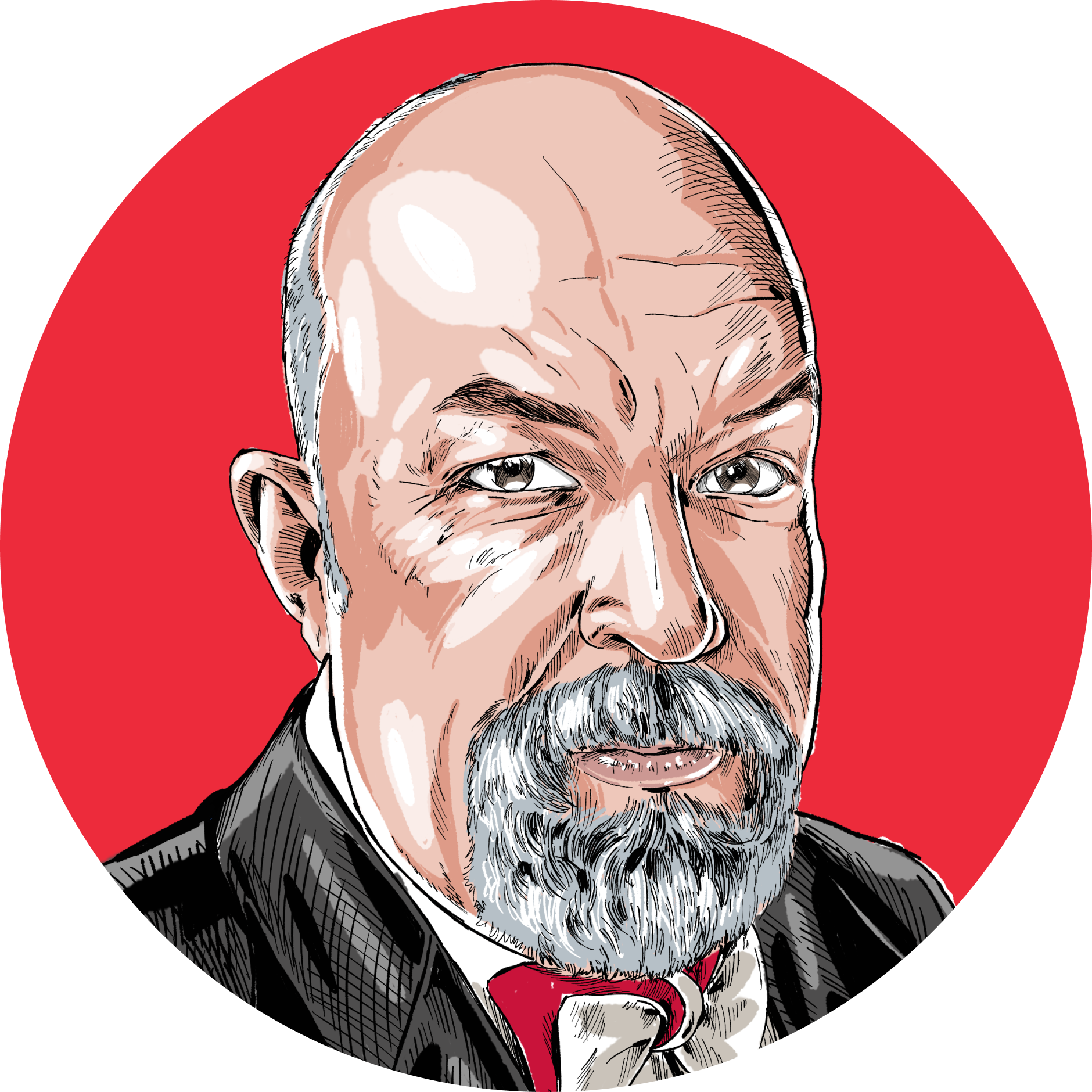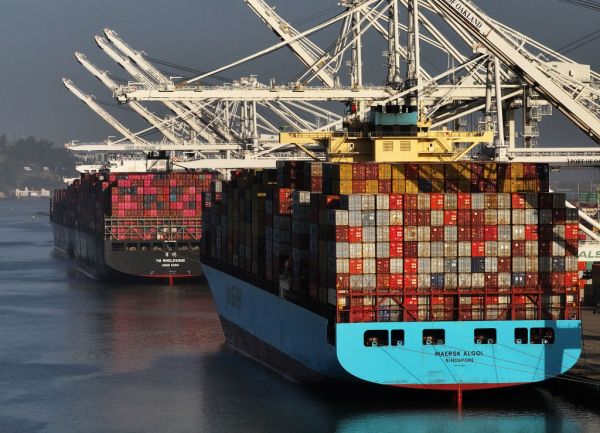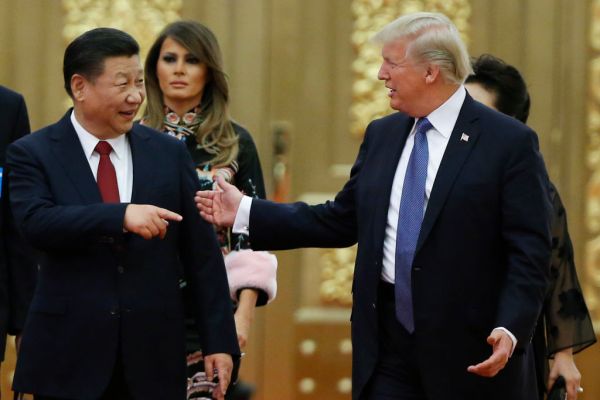Welcome to the third installment of Economics for English Majors, which is appearing as a series of standalone essays until my new Dispatch newsletter, Wanderland, officially launches next Monday. (Please do join if you haven’t.) I’m taking advantage of the temporary format to write some longer pieces—the ones in the newsletter will be shorter, usually. But, since there’s no newsletter real estate to take up, for now I’ll go long.
Another way of thinking about that is that, at the moment, the opportunity cost of writing longer E4EM essays is relatively low. Opportunity cost is one of the three or four most important concepts in economics, especially for non-economists who want to understand economic thinking in the public policy context. It is simple enough, but still underappreciated, in part because we tend to look at opportunity cost from the consumer point of view and forget all about the production side.
The fundamental issue in economics is scarcity. Scarcity is a fact of life: No matter how rich we become as a society, and no matter how much material abundance we enjoy, there is never enough to go around to satisfy every desire of every person: Some goods are naturally limited (there are only so many Rembrandt paintings), some goods are rivalrous in consumption (if Steve smokes a cigar, Jonah can’t smoke the same cigar), and our desire to consume goods that require work to produce (see last week’s discussion of Say’s Law) conflicts with our practically infinite appetite for leisure time. As much as it may grieve David French, you can’t plant turnips and play World of Warcraft at the same time. You have to choose one.
That special application of scarcity—“If you want x, you have to forgo y”—is opportunity cost.
You all know that, of course. I’m just laying some groundwork.
Opportunity cost is not exclusively an economic issue as such. As Ludwig von Mises points out in his famous essay “Economic Calculation in the Socialist Commonwealth”—which we’ll be revisiting directly—there are all sorts of tradeoffs in life that we cannot put a monetary price on: Sometimes, we have to choose between having a hydroelectric plant or the beauty of an unspoiled waterfall, Mises writes, or choose between income and honor. (Mises and F.A. Hayek—émigrés who provided the Austrian school of economics its name—were obliged to abandon their native Austria after its annexation by Nazi Germany and thus had the example of richly rewarded collaborators to illuminate that latter issue.) To value the beauty of the waterfall or one’s honor is not irrational, Mises argued, but such dilemmas fall outside of the scope of economic calculation per se. In the context of an exchange-based economy—as opposed to that socialist commonwealth—money provides a standard and a unit to help us to impose some rigor on our treatment of opportunity cost.
Say you want to buy a house in San Antonio, where the median home price is about $320,000. (The median house price in San Antonio is six times the median household income, and that is pretty high; but the median house price in San Francisco is about 13 times the median household income. There’s American politics circa 2022 in a nutshell.) Say you can afford a nicer-than-average house, but a nice house is not the only thing you want in life. If the price difference between the house you really want and the house you can live with is $20,000 (which you are going to spread over a 30-year mortgage) then probably you make the stretch, because $20,000 won’t even get you a new Honda Civic. But if the difference is $300,000, that’s a Bentley Flying Spur with some options. It’s about 75,000 venti lattes at Starbucks, or 30 Gibson ES-350s like Chuck Berry used to play, or four pizzas, because $70,000 pizza with gold in the crust apparently is a thing that exists in our age of angst and deprivation. Actually, $300,000 is about 4.29 of those pizzas, but I don’t think you can order 29 percent of a $70,000 gold pizza—even in Times Square, they won’t sell that by the slice. That’s four years at Princeton at the rack rate with some money left over. Maybe you don’t want any of those things (I’d take the Gibson) but have lots of other things in your wish list—without money to act as a yardstick to simplify what Mises calls our “oppressive plenitude,” figuring out what you’re potentially giving up by choosing the more expensive house gets pretty difficult. But money works only when there’s free exchange—because what we are interested in is how much people actually value Princeton educations and golden pizzas, not how much some guy at a desk backed by guys with bayonets says you should value this or that.
What Mises gets into—and you should really read the whole essay; it’s both interesting and accessible—is the even more complex issue of “higher order” goods. In one of those desert-island economies that economists like to write about, with two guys trading fish and coconuts (Mises even considers the case of Robinson Crusoe, an even simpler desert-island economy), we can probably just about handle the question of how much of each commodity to produce, the answer being: more. There isn’t much opportunity cost for the fisherman on the desert island to spend an extra hour or two fishing—what else is he going to do all day? But if you decide to build a steel plant that sits on 40 acres of land, takes up billions of dollars in capital, and employs 1,000 workers, then your opportunity cost is considerable and difficult to apprehend in terms of barter exchange: The opportunity cost is every conceivable thing that land and that capital and that labor might have been used for instead.
Mises’ argument in its simplest form (and I will go ahead and say this is oversimplified even if sufficient for our purposes here) is that the problem facing central planning—which is the fundamental task of the socialist economic power—is not that central planning is inefficient or wasteful or prone to error and corruption or anything like that but is, in fact, impossible.
How so?
If the state owns the means of production, then there can be no prices attached to the factors of production, these being res extra commercium. Without the means of rigorous apples-to-apples comparison afforded by prices, there can be no real economic calculation, and hence no rational central planning worth the name. We cannot make rational decisions about opportunity costs if we cannot define what it is we are giving up: You cannot make rational tradeoffs if you do not have a reasonably precise idea of what it is you are trading away and what it is you are getting. Even if the Soviet Union had been run by people who were both enormously intelligent and morally upright to the point of saintliness (and it surely was not, though it had some of those very intelligent men, at least) it still would have failed, because its major problem was not corruption, which is universal—it was that the central planners had set themselves an impossible task.
Markets embed economic information in society where it is accessible to those who make decisions about what to produce and to consume and where to invest and to spend. Central planners do not have access to that knowledge, and even the most intelligent of them would not have the capacity to act rationally on that knowledge if they could somehow acquire and compile it, because the sheer amount of knowledge—often short-lived and contingent knowledge—held in the brains and experience of the tens of thousands of people who make up the steel industry is too much for the 12 brains on the steel committee at the Department of Economic Planning. This is what the followers of Mises and Hayek have called the “knowledge problem.”
That the Soviet Union was an economic (and moral) disaster is well-understood. But we have other examples that we can draw from. The collapse of the Roman Empire brought with it a collapse in trade and the use of money in much of Europe, a condition that lasted until the revival of the money-enabled economy that led to the Renaissance. A famous Anglo-Saxon document known as the Burghal Hidage (You really going to cite the Burghal Hidage at this hour on a Monday morning, Williamson? Damned skippy I am!) catalogs the fortresses (“burhrs”) of the medieval English kingdoms and the taxes that were due to each of them based on “hides,” a hide being (originally and approximately) a quantity of land sufficient for the support of a household of 10. Taxes due were based on the number of hides assigned to a particular jurisdiction. But, of course, there was little money in circulation, so the taxes ended up being positively comical to the modern reader, with one often-cited law demanding a tax consisting of “10 vats of honey, 300 loaves, 12 ambers of Welsh ale, 30 ambers of clear ale, 2 full-grown cows or 10 wethers, 10 geese, 20 hens, 10 cheeses, a full amber of butter, 5 salmon, 20 pounds of fodder, and 100 eels” for every 10 hides on the tax roll. Why 100 eels and not 101? Do you think this was the result of a calculation?
The economy described in the Burghal Hidage offered practically everything a central planner could ask for: a severely limited range of commodities, few luxury goods to fight over, mostly unfree labor, and a political agency with the power to exercise something very close to total surveillance and total control over economic production and consumption, which was mostly local in character and for that reason much easier to manage than our high-tech modern global economy. Bernie Sanders wouldn’t have to worry about these peasants having 57 different kinds of deodorant. (I have been to a Bernie Sanders rally, and the great problem I detected there was not an oppressive superabundance of hygiene products.) The medieval manorial economy wasn’t quite the economists’ desert island, but it was pretty close. There were no pesky private-equity firms in the mix, to be sure. The result of those economic arrangements was a very long period of economic and cultural stagnation (at best) or decline (often enough) that persisted until the reemergence of the social features that still characterize prosperous and dynamic societies today: urban life, trade, access to financial services and distant markets, reasonably stable money (remember stable money?), mobility of labor and capital, etc.
If it seems like we have wandered far from opportunity cost, we haven’t. What the medieval peasants lacked was what the Soviet subjects lacked: choice. What every central planner—including every trade protectionist who wants to defend Americans from the bane of dastardly foreigners scheming to sell us goods we want at attractive prices—proposes to take away from people is that same thing: choice. Markets can tap all that miraculous human knowledge and human ingenuity only where there is choice. Where there is no choice, there is no question of thinking rationally about opportunity cost, because there is no opportunity—there is only doing what you are ordered to do.
Mises, bless him, wrote for grown-ups—i.e., for people who understand that we have to make choices and that our choices are constrained by reality, by the facts on the ground, and that choosing x means forgoing a practically infinite variety of things in the category not-x. The utopians—and the socialists are not the only kind of utopian, or possibly even the most dangerous kind at the moment—tell a different story: that we don’t have to make hard choices, that we can have everything we want at whatever price we like (“Let us kill him, and we’ll have corn at our own price”) as long as we give up one little thing: the power to choose our own tradeoffs.
Of course, as Hayek pointed out, choice doesn’t cease to exist in the command-and-control economy. It’s just that the power to choose is taken away from most people and concentrated in the hands of a powerful few. It is one of the ironies of our time that the people who advertise their commitment to “American greatness” work from the false and unfounded belief that Americans are too stupid and too weak to make their own decisions. Funny kind of greatness, that.









Please note that we at The Dispatch hold ourselves, our work, and our commenters to a higher standard than other places on the internet. We welcome comments that foster genuine debate or discussion—including comments critical of us or our work—but responses that include ad hominem attacks on fellow Dispatch members or are intended to stoke fear and anger may be moderated.